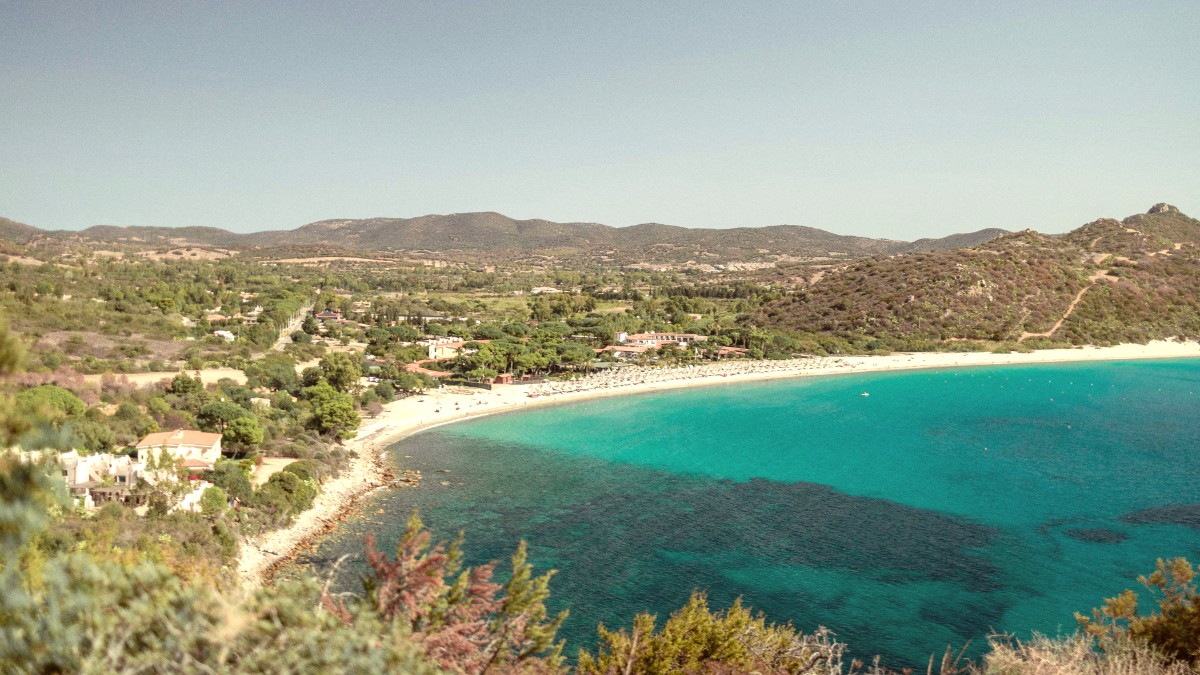
Sardinia, Italy
This is Cagliari, a city where every cobblestone whispers tales of empires and every vista invites contemplation. From the bustling port to the quiet, artisan-filled alleys of Villanova, Cagliari welcomes travelers into a world where history is alive, nature is a constant companion, and the flavors of the sea and land converge in a distinct culinary tradition. Cagliari presents an experience that engages all senses and leaves a lasting impression. Walk through millennia of history, relax on sun-drenched beaches, and savor flavors unique to this ancient island.
Tourism drives the economy, drawing visitors to its historical sites, beaches, and unique culture. Port activities stay significant, with trade, cargo, and passenger ferries contributing to the economy.
The city functions as a regional hub for services, administration, and light industry.
Cagliari is a distinct position on the southern coast of Sardinia, Italy's second-largest island in the Mediterranean Sea. The city spreads across a series of hills and a flat plain, creating a varied urban landscape. This unique topography influences its climate, defense, and natural beauty. Cagliari directly overlooks the expansive Gulf of Cagliari, a large bay that has served as a natural harbor for millennia, shaping the city's role as a maritime center.
The city's core develops around the imposing limestone massif of the Sella del Diavolo (Devil's Saddle). This natural landmark, with its distinctive saddle-like shape, rises dramatically from the eastern end of Poetto Beach, offering a protective embrace to the city and providing natural boundaries. To the east, the city borders the Molentargius Saline Regional Park, an important wetland area and haven for diverse birdlife, notably flamingos.
Expansive bay serving as a natural harbor.
Distinctive limestone landmark, eastern boundary of Poetto Beach.
Important wetland and former salt production site, home to flamingos.
Fertile agricultural region to the west of the city.
Stunning succession of beaches, rocky coves, and cliffs.
Cagliari's coastal location defined its history and economy. Its port remains a busy hub for trade, ferries, and cruise ships, connecting Sardinia to mainland Italy and beyond. The city's coordinates, approximately 39.215° N latitude and 9.110° E longitude, position it firmly within the Mediterranean climate zone, marked by hot, dry summers and mild, wet winters.
Mediterranean climate: hot, dry summers and mild, wet winters.
A historical maritime center with a port linking Sardinia to broader Mediterranean trade routes.
This geographical setting demonstrates a constant interplay between urban life, historical depth, and the compelling natural environment.
Cagliari possesses a history spanning over three millennia, making it one of the oldest continuously inhabited cities in the Mediterranean region. This deep past is evident in its layered architecture and archaeological sites, each reflecting the various civilizations that have left their mark on the city.
From Phoenician and Carthaginian roots to Roman grandeur, Pisan fortifications, Spanish viceroyalty, and eventual Italian unification, Cagliari's narrative is one of enduring resilience and cultural fusion. It is a city that carries the weight of its long, complex history with pride.
Founded by Phoenicians (Karalis), expanded by Carthaginians, then a major Roman port (Carales).
Pisan and Genoese influence, building iconic defensive towers like San Pancrazio and dell'Elefante.
Viceregal capital under Aragonese/Spanish rule for centuries, followed by the House of Savoy.
Cagliari presents numerous landmarks embodying its history and appeal: